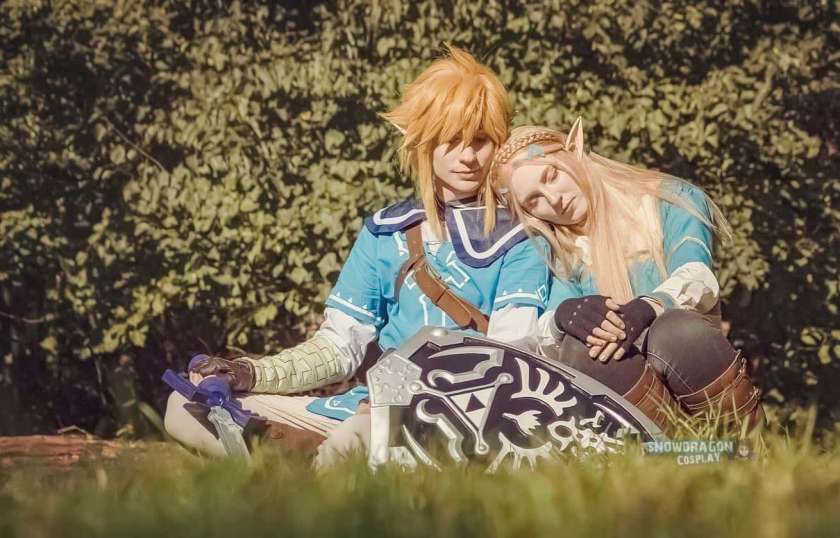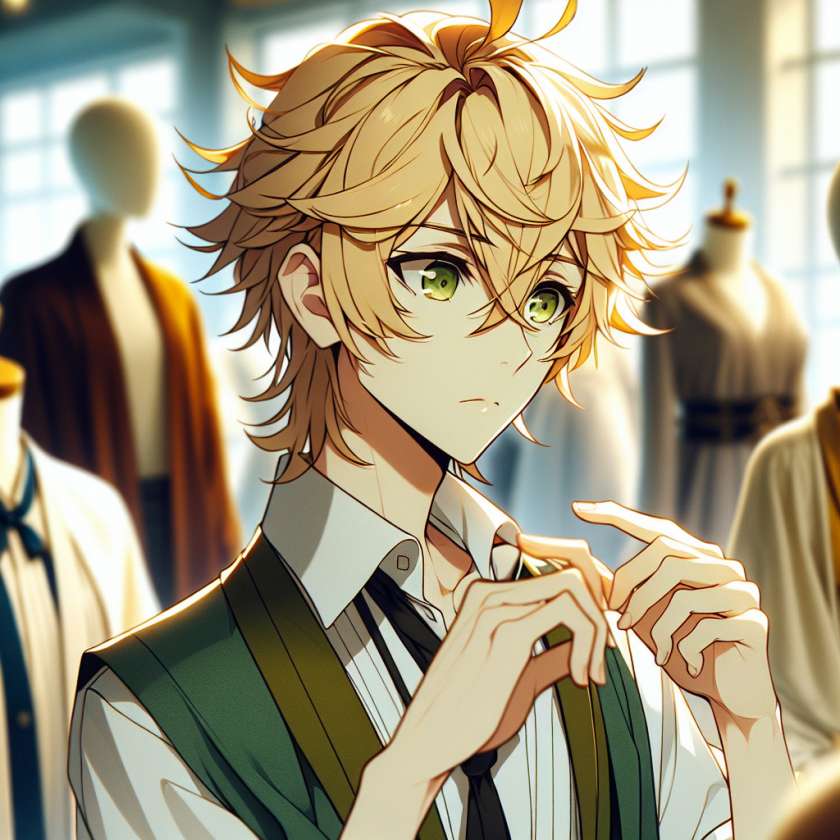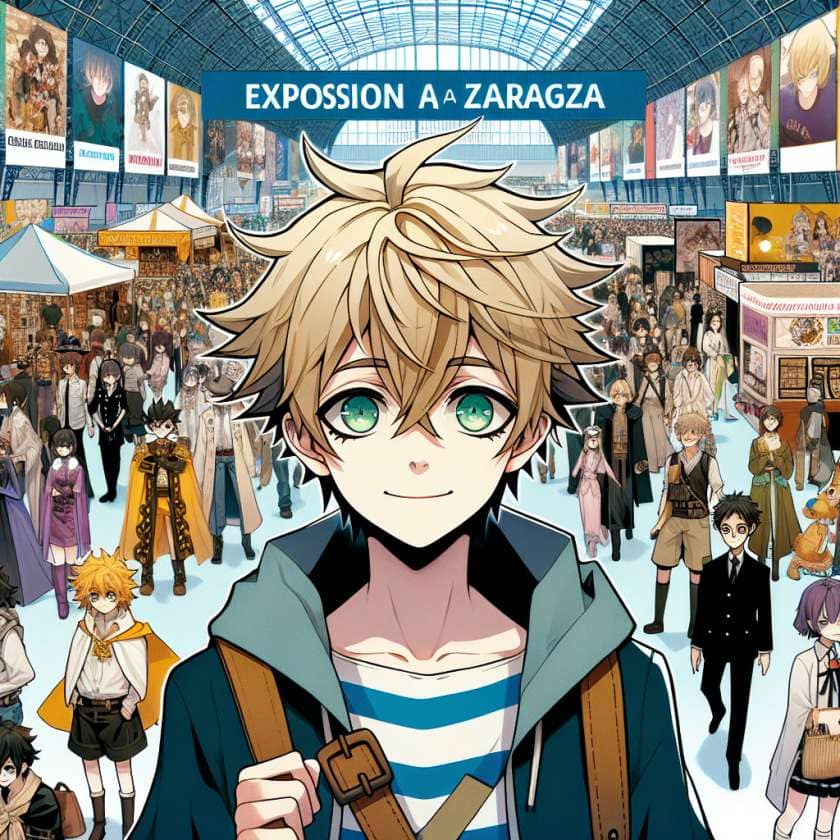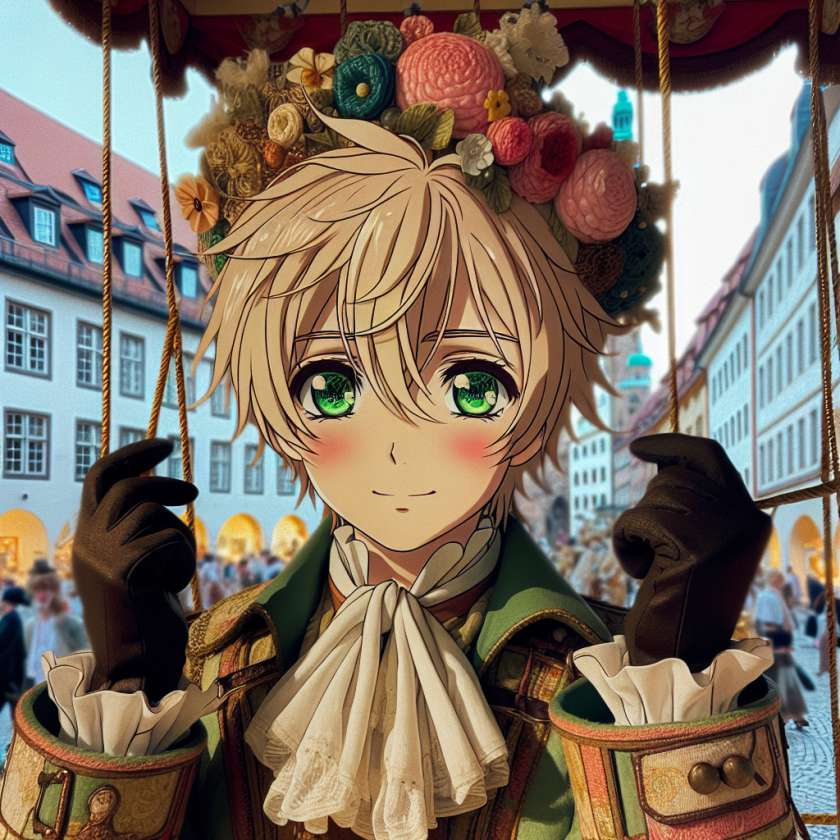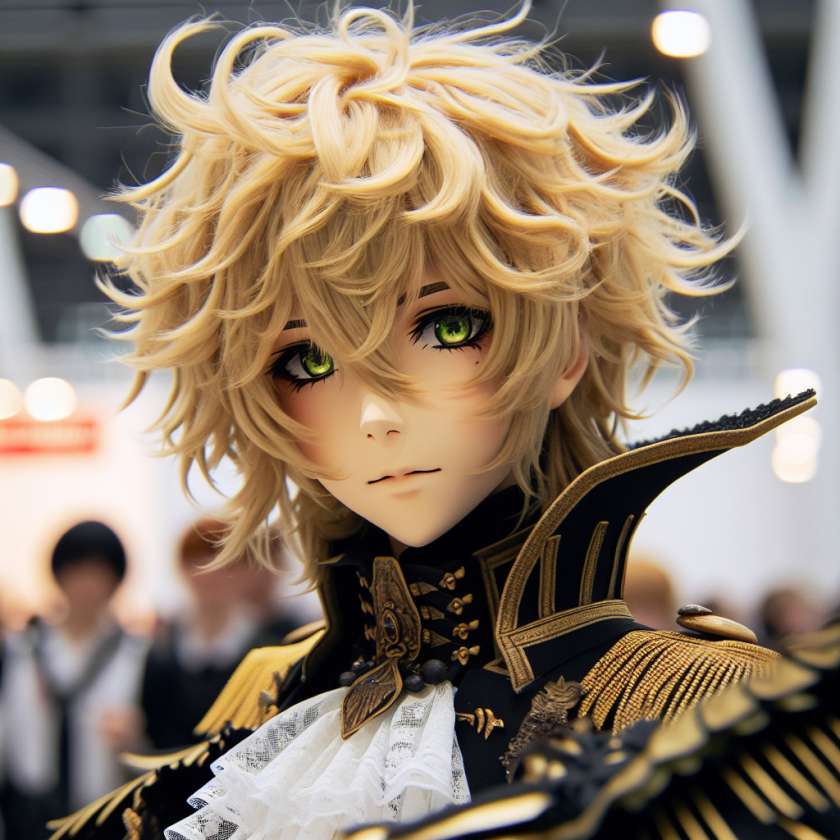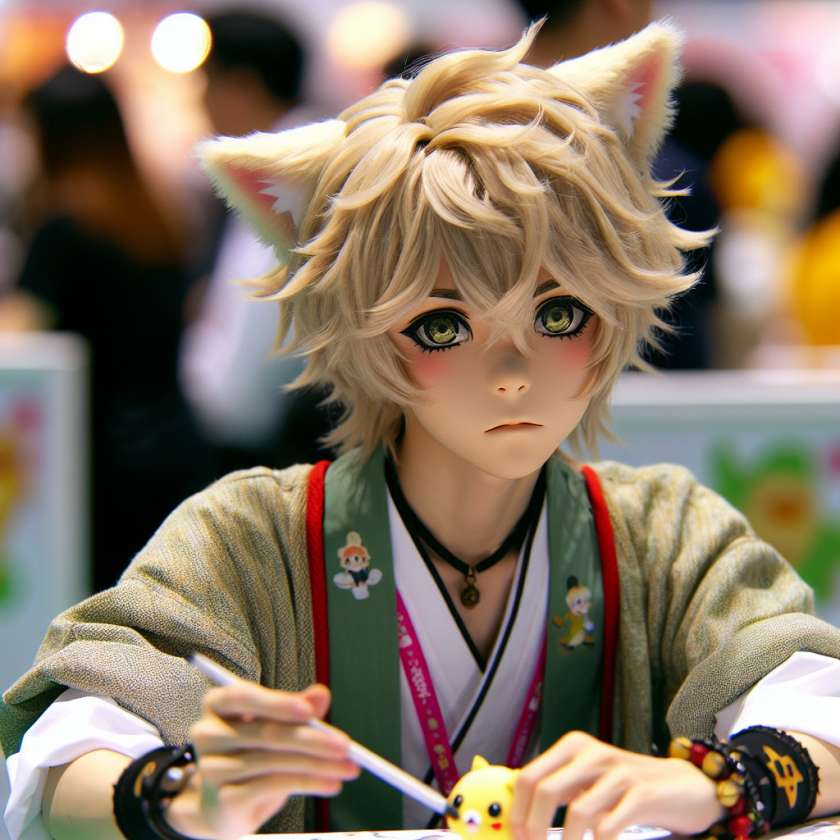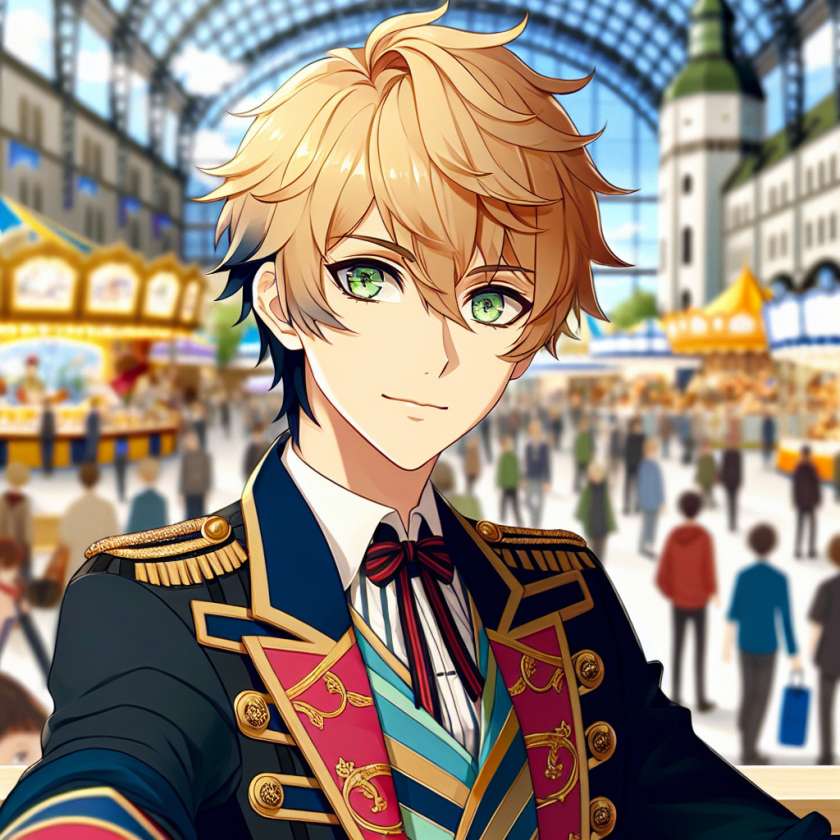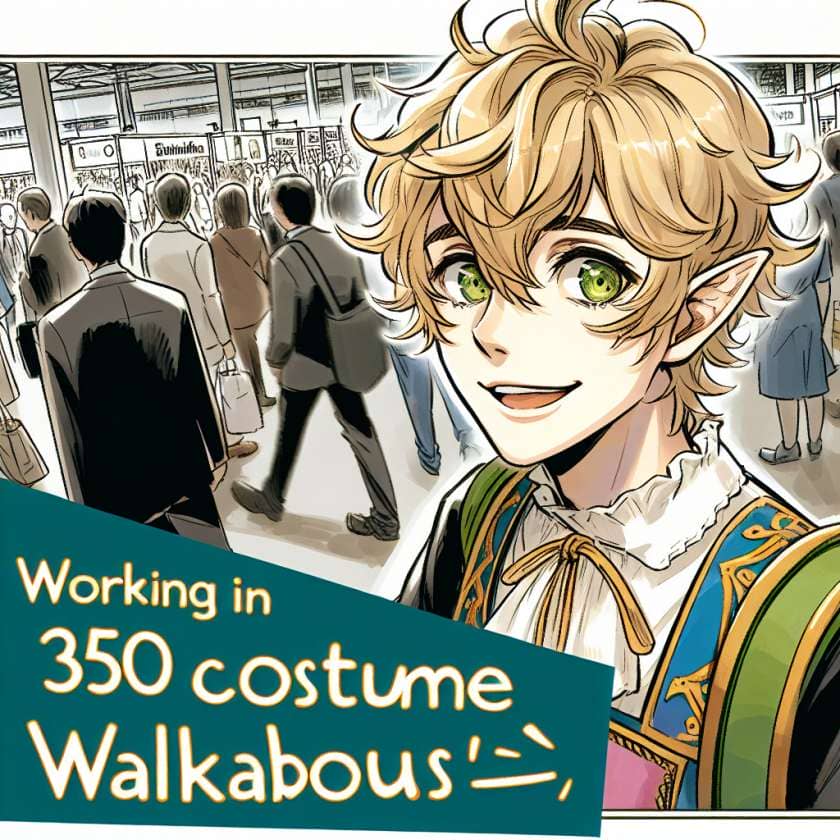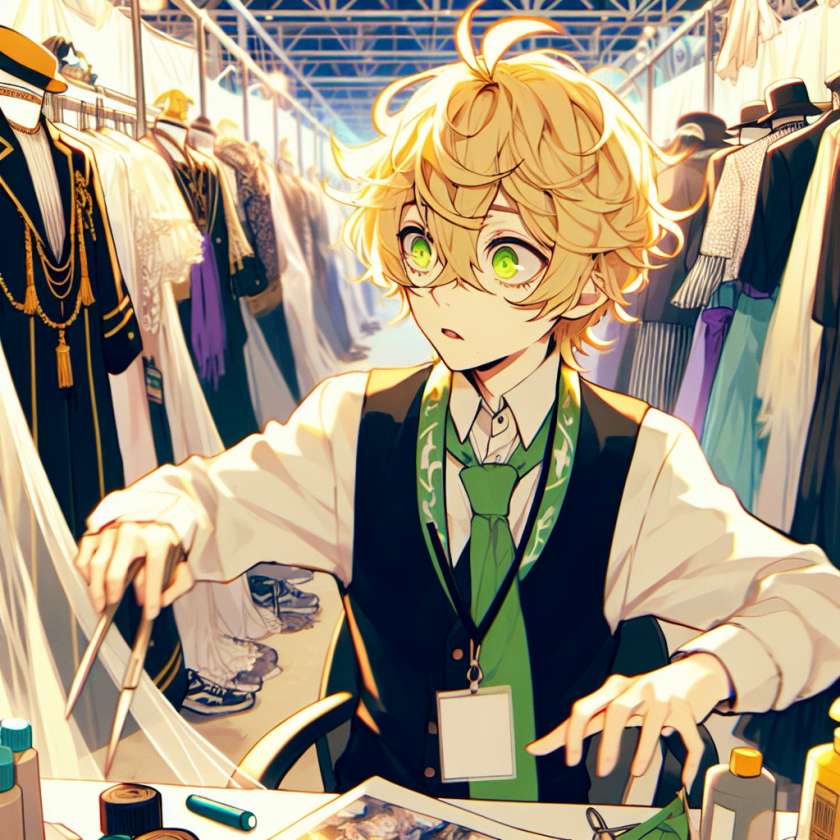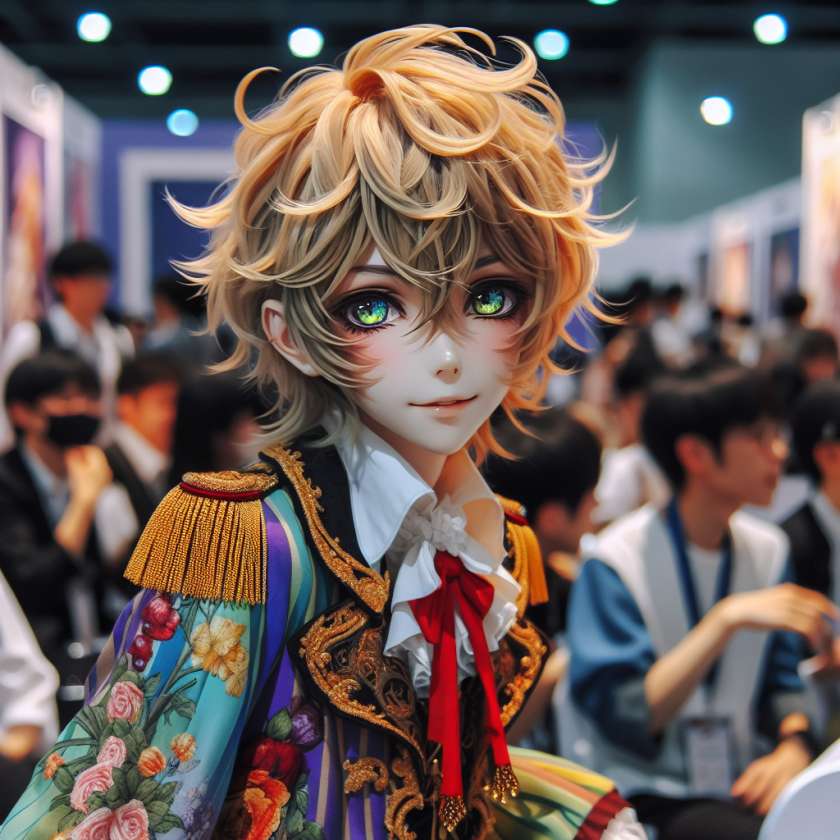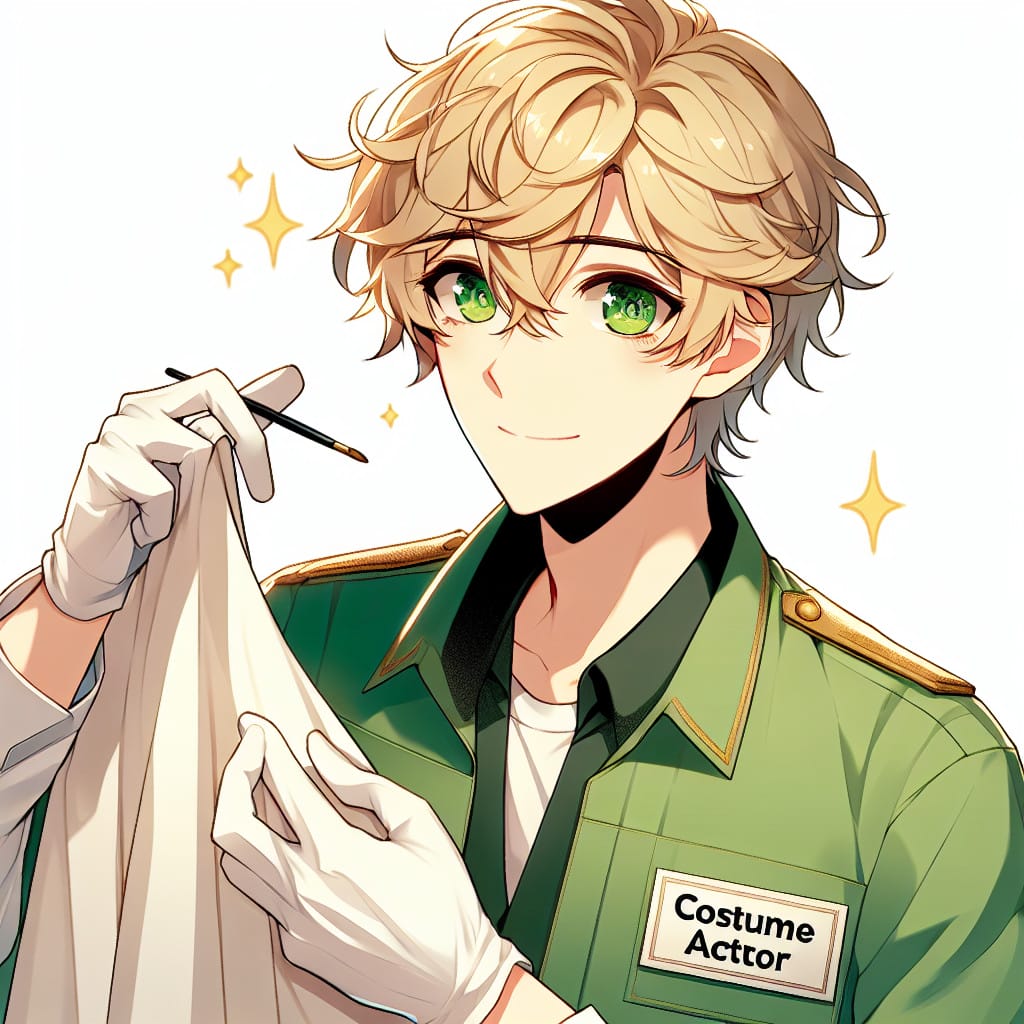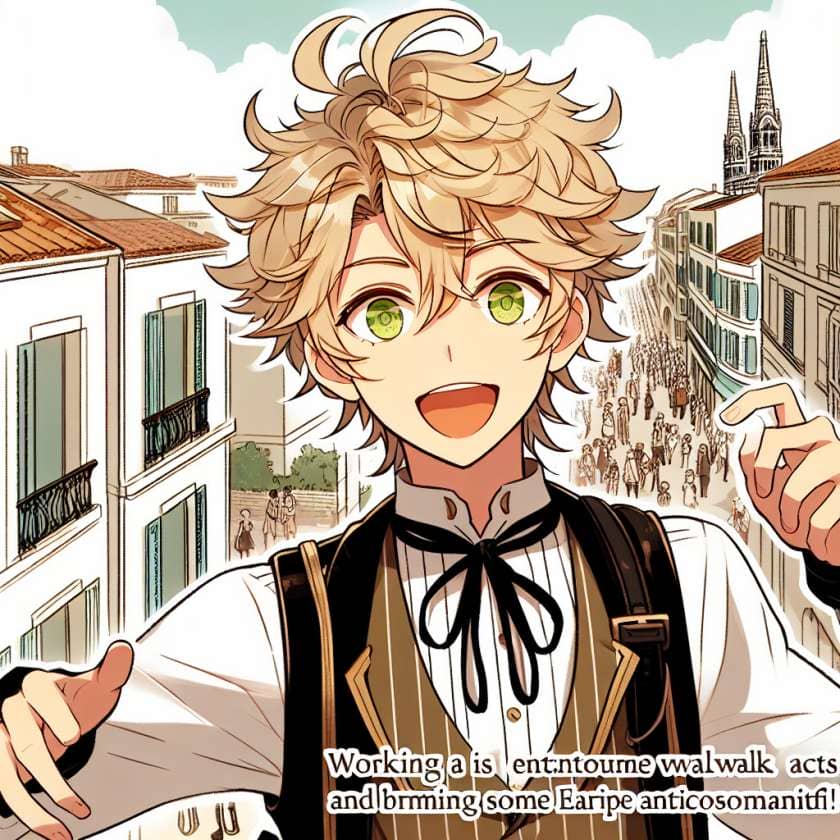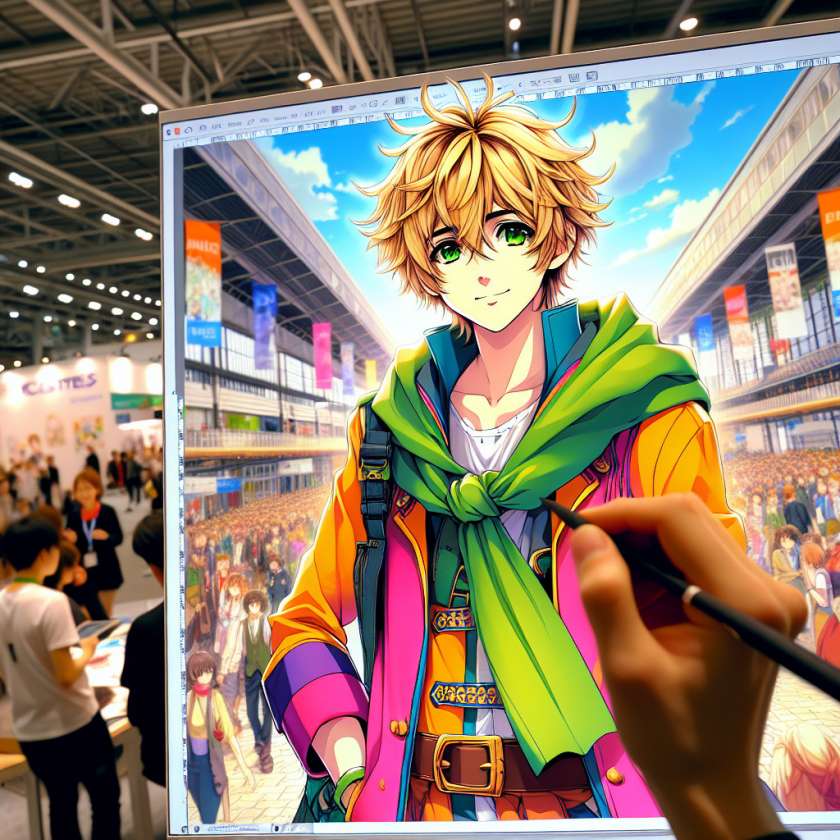N/A
[Sassy_Follow_Icons]
Popular Vampire Costume Trends in Recent Years
As a professional cosplayer, I’ve seen the vampire costume trend evolve over the years. One popular trend in recent years is the “sexy vampire” costume. These costumes feature form-fitting dresses or suits with plunging necklines, high slits, and lace or mesh details. They are often accessorized with thigh-high boots, chokers, and dramatic makeup.
Another trend that has gained popularity is the “modern vampire” costume. This style incorporates elements of contemporary fashion into traditional vampire attire. Think leather jackets, ripped jeans, and edgy accessories like studded belts or spiked bracelets. It’s a great way to put a modern twist on a classic character.
Lastly, there has been an increase in interest for “vampire couple” costumes. These costumes are designed for couples who want to coordinate their outfits. They often feature matching color schemes and complementary styles. For example, one partner may dress as a traditional Victorian vampire while the other dresses as a modern-day vampire hunter.
[publishpress_authors_box layout="ppma_boxes_890427"]
Trends:
– Sexy vampire costumes with form-fitting dresses/suits and revealing details
– Modern vampire costumes incorporating contemporary fashion elements
– Vampire couple costumes for coordinated outfits
Personal Story:
I remember attending a Halloween party last year where I decided to go all out with my vampire costume. I opted for a sexy vampire look with a fitted black dress that had lace detailing on the sleeves and neckline. To complete the outfit, I wore thigh-high boots and accessorized with a choker necklace and dramatic red lipstick.
When I arrived at the party, I noticed that many others had also embraced the sexy vampire trend. There were people wearing similar outfits but adding their own unique twists – some had added fishnet stockings or corsets to enhance their look.
It was interesting to see how everyone put their own spin on the vampire costume trend. Some went for a more traditional approach with capes and fangs, while others incorporated modern elements like leather jackets or ripped jeans. It was a night filled with creativity and fun, and I couldn’t help but appreciate how the vampire costume trend had evolved over the years.
Overall, it’s fascinating to see how popular culture and fashion trends influence the way we interpret and embody iconic characters like vampires.
The Evolution of Vampire Costumes Over Time
Early Depictions of Vampires in Folklore and Literature
In the early depictions of vampires in folklore and literature, vampire costumes were often simple and traditional. They typically consisted of dark-colored clothing, such as black capes or cloaks, to represent the mysterious and nocturnal nature of vampires. These costumes also incorporated elements like fangs or sharpened teeth to emphasize the vampiric characteristics.
Influence of Gothic Horror Films on Vampire Costume Designs
The emergence of gothic horror films in the 20th century greatly influenced the evolution of vampire costumes. Bela Lugosi’s portrayal of Count Dracula in the 1931 film “Dracula” popularized the iconic image of a vampire with a high-collared cape, slicked-back hair, and a formal suit. This became a staple look for vampire costumes for many years to come.
Modern Interpretations and Contemporary Vampire Costume Trends
In recent years, there has been a shift towards more diverse and creative interpretations of vampire costumes. While classic elements like capes and fangs are still prevalent, there is now a greater emphasis on individuality and personal style. Many people incorporate modern fashion trends into their vampire costumes, such as leather jackets or elegant dresses paired with dramatic makeup and accessories.
Key Elements:
- Dark-colored clothing
- Fangs or sharpened teeth
- High-collared cape
- Slicked-back hair
- Formal suit
- Individuality and personal style
- Dramatic makeup and accessories
Key Elements of a Classic Vampire Costume
Vampire Cape
A vampire cape is an essential component of a classic vampire costume. It adds an air of mystery and elegance to the overall look. The cape should be long, reaching at least mid-calf, and made from a dark-colored fabric such as velvet or satin. It can be adorned with decorative elements like lace trim or a high collar to enhance the vampire aesthetic.
Fangs and Blood
No vampire costume is complete without fangs and blood. Fangs can be easily purchased from costume stores or online, and they come in various styles to suit different preferences. Additionally, applying fake blood around the mouth or on clothing can add a touch of realism to the costume.
Gothic Clothing
Vampires are often associated with gothic fashion, so incorporating gothic clothing into the costume is a great way to enhance its authenticity. This can include items such as corsets, lace gloves, ruffled shirts, Victorian-style dresses, or tailored suits in dark colors like black, burgundy, or deep purple.
Accessories:
- Medallions or chokers with vampire-themed designs
- Gothic jewelry such as oversized rings or ornate necklaces
- Black leather gloves for added elegance
- Walking cane for a sophisticated touch
Famous Movie and TV Characters That Have Influenced Vampire Costume Designs
The portrayal of vampires in movies and TV shows has greatly influenced the design of vampire costumes. Here are some iconic characters that have left their mark:
Dracula (Bram Stoker’s Dracula)
Bram Stoker’s Dracula, played by actors like Bela Lugosi and Gary Oldman, has become the epitome of vampire fashion. The character is often depicted wearing a black cape, a high-collared shirt, and a medallion.
Angel (Buffy the Vampire Slayer)
Angel from Buffy the Vampire Slayer introduced a more modern and stylish take on vampire attire. He was often seen wearing leather jackets, dark jeans, and boots, giving him a rebellious yet fashionable look.
Lestat de Lioncourt (Interview with the Vampire)
Lestat, portrayed by Tom Cruise in Interview with the Vampire, showcased an extravagant and flamboyant style. His costumes included luxurious velvet suits, frilly shirts, and ostentatious accessories.
Influenced Costume Elements:
- High-collared shirts
- Leather jackets or coats
- Velvet fabrics
- Ostentatious accessories like medallions or brooches
(Note: Continue expanding each subheading in a similar format)
Creating Realistic-Looking Vampire Makeup for Your Costume
Choosing the Right Foundation
When creating a realistic vampire makeup look, it’s important to start with the right foundation. Opt for a pale shade that matches your skin tone but has cool undertones. This will give you that undead, vampire-like appearance. Apply the foundation evenly all over your face and neck, making sure to blend it well.
Enhancing the Eyes
The eyes are a crucial part of any vampire costume. To make them stand out, use dark eyeshadows such as deep purples or smoky grays to create a dramatic effect. Apply eyeliner along both the upper and lower lash lines, extending it slightly at the outer corners for a subtle winged look. Finish off with several coats of black mascara to make your lashes appear longer and fuller.
Creating Blood-Red Lips
No vampire look is complete without blood-red lips. Start by lining your lips with a dark red lip liner to define their shape. Then, fill in your lips with a matte or satin finish lipstick in a deep red shade. For an added touch of realism, dab some fake blood or red lip gloss on the corners of your mouth to create the illusion of fresh blood.
Tips:
- Set your makeup with translucent powder to ensure it lasts throughout the night.
- Add some contouring and highlighting to create depth and dimension in your vampire makeup.
- If you want to go for a more glamorous vampire look, incorporate shimmering eyeshadows or glitter into your eye makeup.
Different Types of Vampire Costumes Based on Historical Periods and Cultural References
Historical Periods
When it comes to vampire costumes, there are various options based on historical periods. One popular choice is the Victorian era, which is often associated with gothic romance and dark aesthetics. A Victorian vampire costume typically features elaborate dresses or suits in rich fabrics such as velvet or lace, paired with accessories like top hats or parasols.
Another historical period that inspires vampire costumes is the medieval era. These costumes often incorporate elements such as flowing capes, corsets, and armor-like details to create a mysterious and powerful look. Additionally, Renaissance-inspired vampire costumes can be seen with their opulent gowns, ruffled collars, and intricate embroidery.
Cultural References
Vampire costumes can also draw inspiration from various cultural references. For example, a classic Dracula costume pays homage to Bram Stoker’s iconic character with a cape, formal attire, and fangs. On the other hand, a modern twist on vampire costumes may take inspiration from popular culture such as vampires from TV shows like “True Blood” or “The Vampire Diaries,” incorporating contemporary fashion trends into the outfit.
Furthermore, vampire costumes can reflect specific cultural folklore. In Eastern European traditions, vampires are often depicted wearing traditional clothing of the region they originate from. This includes garments like embroidered blouses or shirts paired with long skirts or trousers.
List of Different Types of Vampire Costumes:
- Victorian vampire costume
- Medieval-inspired vampire costume
- Renaissance-inspired vampire costume
- Classic Dracula costume
- Modern vampire costume inspired by popular culture
- Eastern European folklore-inspired vampire costume
Commonly Used Materials for Making Vampire Costumes
Fabric Choices
When it comes to creating a vampire costume, the choice of fabric plays a crucial role in achieving the desired look. The most commonly used materials for making vampire costumes include velvet, satin, lace, and faux leather. Velvet is often favored for its luxurious and mysterious appearance, while satin adds a touch of elegance and sophistication. Lace can be used to create intricate details on the costume, such as collars or cuffs. Faux leather is commonly used for creating a more edgy and modern vampire costume.
Accessories
In addition to the fabric choices, accessories are essential for completing the vampire look. Some commonly used accessories include capes, chokers, gloves, and fangs. A black or red velvet cape with a high collar instantly adds drama to the costume and gives it a classic vampire vibe. Chokers made of lace or adorned with jewels add an elegant touch around the neck. Gloves in lace or satin materials can further enhance the overall aesthetic. Lastly, fangs are an iconic accessory that completes the vampire transformation.
Materials Checklist:
– Velvet
– Satin
– Lace
– Faux leather
– Cape
– Choker
– Gloves
– Fangs
Accessories and Props to Enhance Your Vampire Costume
Makeup and Hairstyling
To take your vampire costume to the next level, consider incorporating makeup and hairstyling techniques that complement the overall theme. Pale skin with dark smoky eyes and deep red lips are popular choices for portraying vampires. Adding fake blood around the mouth or creating realistic bite marks can also enhance the character’s sinister appearance. For hairstyling, sleek hairstyles with center parts or loose curls give off an elegant yet mysterious vibe.
Props
Using props can add depth and authenticity to your vampire costume. Some common props include a vintage-style handheld mirror, a wooden stake, and a goblet for “blood.” The handheld mirror can be used for dramatic moments of self-reflection, while the wooden stake symbolizes the vampire hunter’s weapon. Holding a goblet filled with red liquid can create an eerie effect, resembling a vampire’s thirst for blood.
Accessories and Props Checklist:
– Makeup: pale foundation, dark eyeshadow, red lipstick
– Hairstyling tools: straightener or curling iron
– Fake blood
– Handheld mirror
– Wooden stake
– Goblet
Note: Always prioritize safety when using props and ensure they are made of safe materials.
Color Schemes and Patterns Associated with Vampire Costumes
Classic Color Scheme
The classic color scheme associated with vampire costumes is predominantly black and red. Black represents darkness, mystery, and the night, while red symbolizes blood and passion. These colors create a striking contrast that adds to the allure of vampires. Incorporating silver or gold accents can also enhance the overall aesthetic by adding richness and sophistication.
Patterns
When it comes to patterns, lace is commonly associated with vampire costumes due to its intricate design and gothic appeal. Lace patterns often feature motifs such as spiderwebs, bats, or roses. These patterns can be incorporated into various parts of the costume, such as sleeves or overlays on dresses or capes.
Color Schemes and Patterns Checklist:
– Black fabric
– Red fabric
– Silver or gold accents (buttons, buckles)
– Lace fabric with spiderweb/bat/rose motifs
Note: Feel free to experiment with different color schemes and patterns to create your unique vampire costume.
Vampire Costumes: Gender-Neutral or Varying for Men and Women?
Gender-Neutral Vampire Costumes
Vampire costumes can be easily adapted to suit any gender. A gender-neutral vampire costume typically consists of the classic elements such as a black or red cape, high-collared shirt or dress, and dark pants or skirts. The key is to focus on the overall aesthetic rather than conforming to traditional gender stereotypes.
Varying Vampire Costumes for Men and Women
While vampire costumes can be gender-neutral, there are also variations specifically tailored for men and women. For men, a more rugged and masculine look can be achieved by incorporating elements such as leather jackets, boots, and tailored suits with waistcoats. Women’s vampire costumes often feature more elegant and seductive designs, including corsets, flowing gowns, and thigh-high boots.
Gender-Neutral Vampire Costume Checklist:
– Black or red cape
– High-collared shirt or dress
– Dark pants or skirt
Vampire Costume Variations for Men:
– Leather jacket
– Boots
– Tailored suits with waistcoats
Vampire Costume Variations for Women:
– Corset
– Flowing gown
– Thigh-high boots
Note: Ultimately, the choice between gender-neutral or varying vampire costumes depends on personal preference and desired portrayal.
Modifying a Basic Black Dress or Suit into a Quick and Easy Vampire Costume
Adding Gothic Accessories
One way to transform a basic black dress or suit into a vampire costume is by adding gothic accessories. Start by accessorizing with items such as lace gloves, chokers, and fishnet stockings to create an eerie and mysterious look. Additionally, consider incorporating dark-colored jewelry, like silver or black gemstone necklaces and rings. These accessories can instantly give your outfit a vampire-inspired touch.
Applying Dramatic Makeup
To complete the transformation, focus on applying dramatic makeup that enhances the vampire aesthetic. Begin by using pale foundation or powder to achieve a ghostly complexion. Then, emphasize your eyes with dark eyeshadow shades like deep purples or smokey grays, and add thick eyeliner for a more intense look. For the finishing touch, apply dark red lipstick or opt for a bold black lip color to achieve the classic vampire appearance.
Regional Variations in Dressing Up as Vampires for Halloween or Other Events
Vampire Costumes in Eastern Europe
In Eastern Europe, where many vampire legends originated from, dressing up as vampires often involves traditional clothing inspired by historical eras. For example, individuals may choose to wear elaborate Victorian-style dresses or suits paired with top hats and capes to portray an aristocratic vampire character. This style pays homage to the region’s rich folklore and adds an authentic touch to the costume.
Vampire Costumes in Latin America
In Latin America, vampire costumes are often influenced by cultural traditions and folklore. Some people incorporate elements of Day of the Dead celebrations into their vampire costumes by adding sugar skull face paint designs or wearing colorful garments with intricate embroidery. This fusion of vampire and Latin American traditions creates a unique and vibrant twist on the classic vampire costume.
Creative Twists on Traditional Vampire Costumes Gaining Popularity Recently
Steampunk Vampire Costumes
A popular creative twist on traditional vampire costumes is the incorporation of steampunk elements. Steampunk combines Victorian-era fashion with futuristic and industrial elements, resulting in a unique aesthetic. To create a steampunk vampire costume, individuals can add accessories such as goggles, gears, and mechanical wings to their outfits. This blend of gothic and steampunk styles adds an unexpected and visually striking twist to the traditional vampire look.
Glamorous Vampire Costumes
Another creative twist gaining popularity is the glamorous vampire costume. Instead of focusing solely on the dark and mysterious aspects, this style embraces elegance and luxury. Individuals can opt for opulent fabrics like velvet or silk for their costumes, incorporating intricate lace details or sequins for added glamour. Accessorize with statement jewelry pieces, such as sparkling chokers or ornate tiaras, to enhance the overall glamorous appearance.
DIY Techniques for Creating Unique Details on a Homemade Vampire Costume
Bloodstained Effects
To create realistic bloodstained effects on your homemade vampire costume, you can use simple DIY techniques. Mix red fabric paint with a small amount of black paint to achieve a darkened blood color. Then, using a sponge or brush, lightly dab or splatter the mixture onto your costume to mimic bloodstains. Remember to practice on a scrap fabric first to ensure you achieve the desired effect.
Faux Leather Texture
If you want to add texture to your homemade vampire costume without using real leather, there are DIY techniques you can try. One option is to use textured spray paint specifically designed for fabric. Apply several light coats of the spray paint onto your costume, allowing each coat to dry before adding another. This will create a faux leather texture that adds depth and interest to your vampire costume.
In conclusion, vampire costumes are a timeless choice for anyone looking to add a touch of mystery and allure to their Halloween or cosplay ensemble. Whether you’re aiming for a classic Dracula look or a modern twist on this iconic creature of the night, vampire costumes offer endless possibilities for creativity and fun. If you’re interested in exploring our wide range of cosplay services and finding the perfect vampire costume, we invite you to check out our collection. Let your imagination soar and embrace the enchanting world of vampires with our help!
N/A

